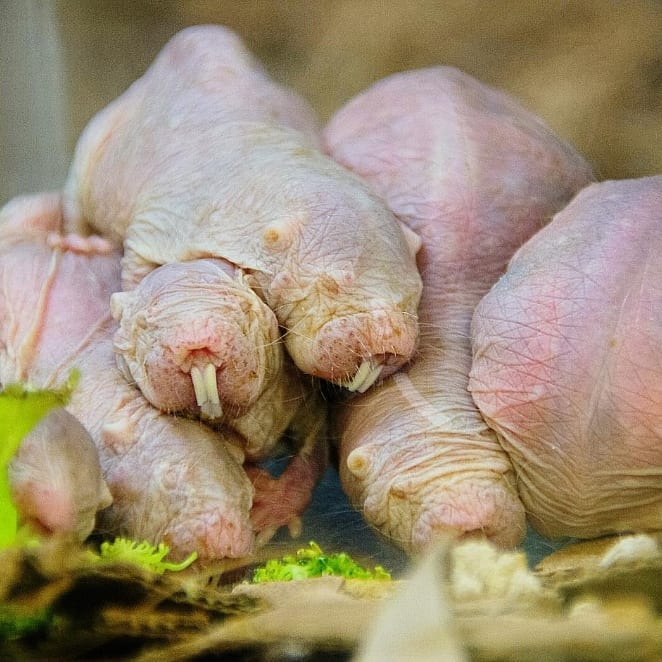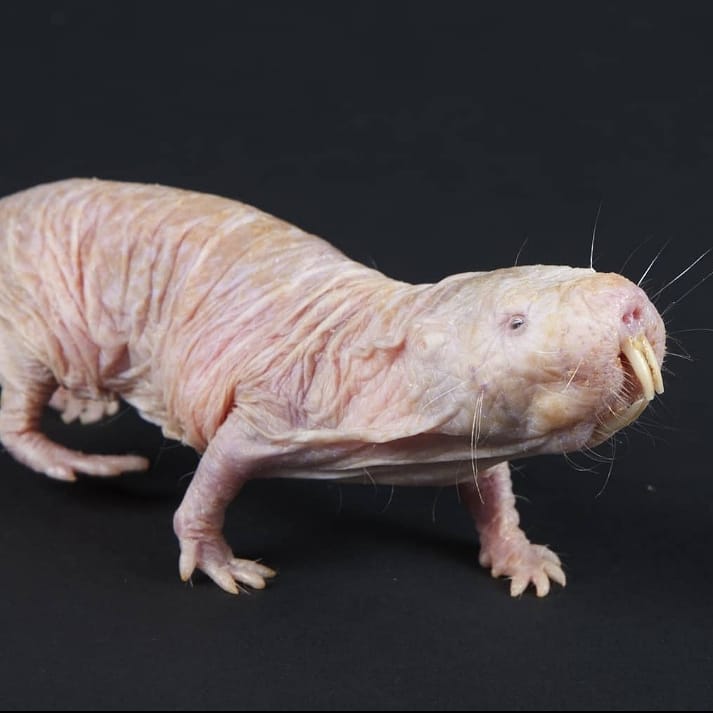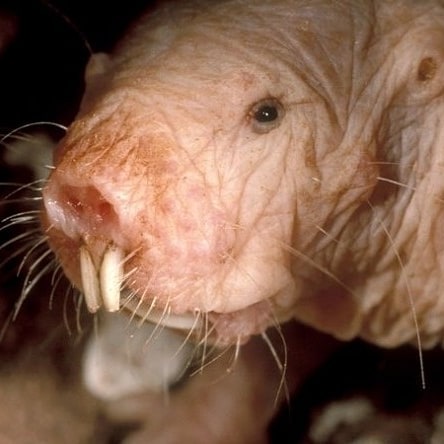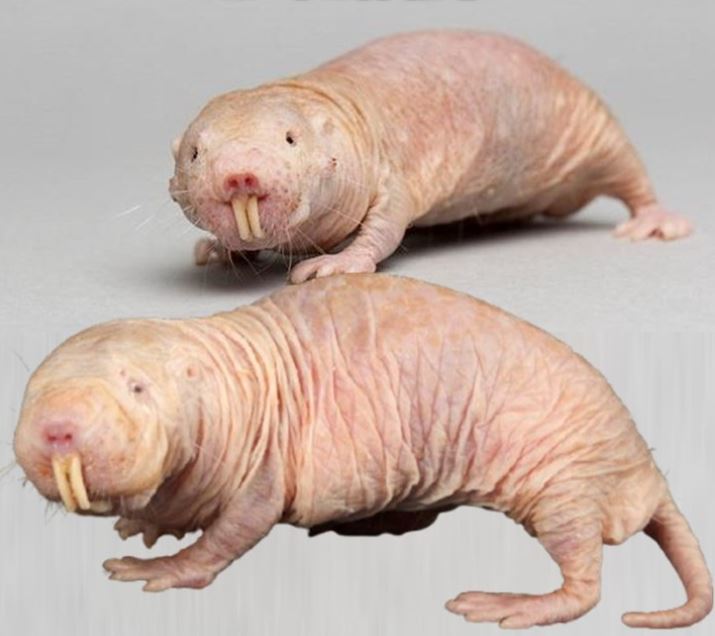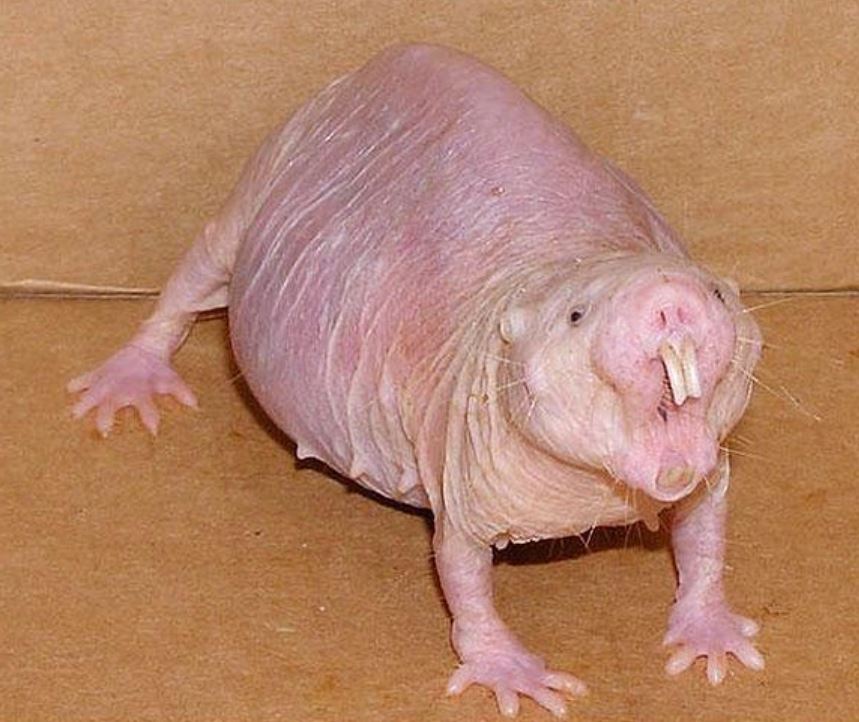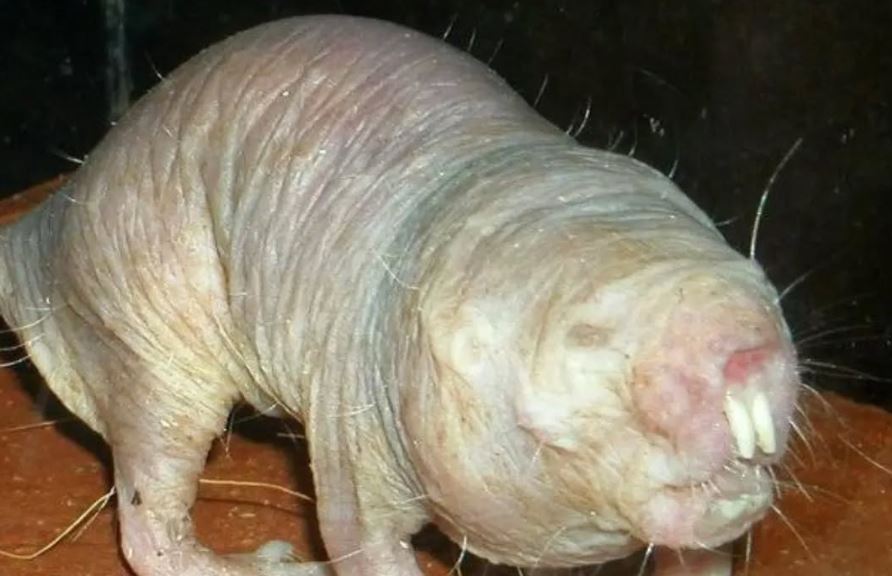Scientists have revealed that one of nature’s strangest animals may hold the secret to longevity. The naked mole rat, though not known for its appearance, has long been admired for its resistance to cancer and its unusually long life, which can reach almost 40 years.
++ Sir Keir Starmer urges India to reduce fossil fuel reliance during meeting with Narendra Modi
A study published in the journal Science found that these subterranean rodents have evolved a sophisticated DNA repair mechanism. Researchers at Tonji University in Shanghai discovered evolutionary mutations in cGAS, a protein that detects and responds to DNA damage and can trigger immune responses. These mutations may enhance the mole rat’s ability to repair age-related genetic damage, whereas in other species such as mice and humans, cGAS can actually suppress DNA repair.
The study suggests that this unique effect of cGAS on DNA may explain the naked mole rat’s exceptional longevity. Despite its unusual appearance, the rodent’s genetic make-up is surprisingly closer to humans than to mice, making it a valuable model for studying mechanisms of ageing. Professor Gabriel Balmus of the University of Cambridge, who studies DNA repair and ageing, described the findings as “the tip of the iceberg” in understanding why these rodents live so long.
++ Prince William and Prince Harry return to UK amid speculation over family reconciliation
A related Perspective article notes that the discovery points to an unexpected role for cGAS in the nucleus, influencing lifespan. Biologist John Martinez emphasised that further research is needed to determine how cGAS functions in both short- and long-lived species, and that the full explanation for longevity may be far more complex than initially thought.
